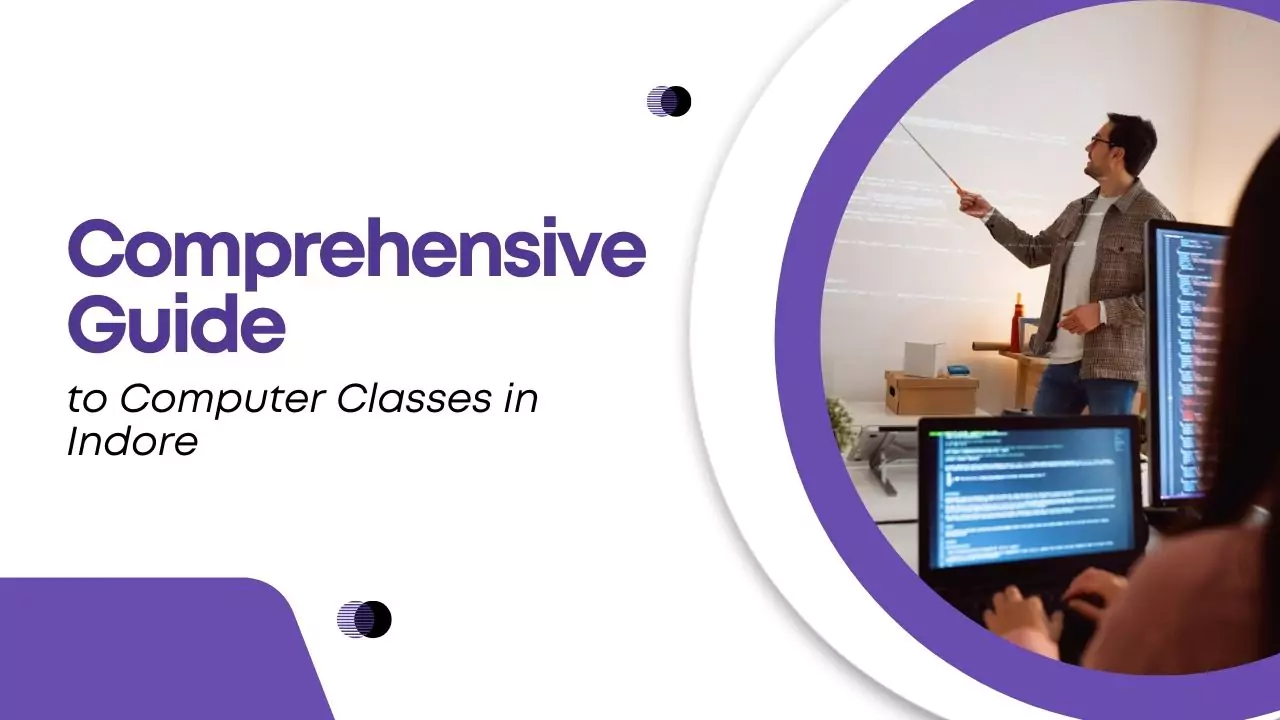The MERN stack is one of the most popular full-stack development frameworks today, especially for developers looking to work with JavaScript from front to back. MERN, which stands for MongoDB, Express.js, React.js, and Node.js, allows developers to create highly efficient and scalable applications. If you’re preparing for a MERN Stack interview, it’s essential to be ready with both fundamental and advanced questions.
In this article, we’ll cover the Top 50 Most Asked MERN Stack Interview Questions to help you ace your interview.
Basic MERN Stack Interview Questions
What is the MERN Stack?
The MERN Stack is a full-stack development framework composed of four key technologies: MongoDB (database), Express.js (backend framework), React.js (frontend framework), and Node.js (server environment). These technologies work together to help developers create powerful, dynamic web applications using a single language: JavaScript.
What are the main components of the MERN stack?
The main components of the MERN stack are:
- MongoDB: A NoSQL database that stores data in a flexible, JSON-like format.
- Express.js: A web application framework for Node.js, used to build the server-side logic.
- React.js: A JavaScript library for building user interfaces.
- Node.js: A runtime environment that executes JavaScript code outside of a browser.
Why is the MERN stack popular for web development?
The MERN stack is popular because:
- It uses a single programming language (JavaScript) across the stack, which makes development faster and easier.
- It’s highly flexible, allowing developers to create complex applications from scratch.
- It’s supported by a vast community and numerous resources.

MongoDB Interview Questions
What is MongoDB?
MongoDB is a NoSQL database designed for scalability and flexibility. It stores data in JSON-like documents, making it easy to work with, especially when dealing with large amounts of unstructured data.
Explain the advantages of using MongoDB over traditional databases.
Some advantages of MongoDB include:
- Scalability: MongoDB scales horizontally by distributing data across multiple servers.
- Flexibility: No predefined schema, allowing for dynamic and hierarchical data structures.
- High Performance: Optimized for read and write-heavy workloads.
What is a schema in MongoDB?
In MongoDB, a schema is the structure that defines the shape and data types of the documents stored in the database. However, unlike traditional databases, MongoDB doesn’t enforce a strict schema, providing greater flexibility in how data is modeled.
How do you perform CRUD operations in MongoDB?
CRUD stands for Create, Read, Update, and Delete. In MongoDB:
Create
To insert new data:
Read
To retrieve data:
Update
To modify existing data:
Delete
To remove data:

Express.js Interview Questions
What is Express.js?
Express.js is a fast, minimalist web framework for Node.js, designed to simplify the development of web applications. It helps manage routing, middleware, and rendering of HTML views.
Why do we use Express.js in MERN Stack development?
Express.js provides a lightweight and powerful solution for building APIs and web applications, making it an essential tool in the backend of MERN applications. It also supports middleware, allowing for seamless integration of different functionalities like authentication and error handling.
Explain middleware in Express.js.
Middleware in Express.js refers to functions that are executed during the request-response cycle. Middleware can modify requests, handle errors, or terminate the request-response cycle.
What are some common features of Express.js?
Some common features include:
- Routing: Handling various HTTP requests like GET, POST, PUT, DELETE.
- Middleware support: For error handling, logging, and more.
- Rendering HTML views: With templating engines like Pug.
React.js Interview Questions
What is React.js?
React.js is a JavaScript library used for building user interfaces, particularly single-page applications. It allows developers to create reusable UI components that update dynamically based on user interaction.
Explain the concept of JSX in React.
JSX stands for JavaScript XML, and it’s a syntax extension for JavaScript used in React. It allows developers to write HTML-like code inside JavaScript, which is then transformed into React elements.
How does React.js manage state?
React manages state through its built-in state management system using the useState hook in functional components or this.setState() in class components.
What are components in React.js?
Components are the building blocks of a React application. They can be thought of as reusable pieces of the UI that work independently.
What is the virtual DOM in React?
The virtual DOM is a lightweight representation of the actual DOM, allowing React to efficiently update the UI by only re-rendering the necessary parts of the DOM when the state or props change.
How do React Hooks work?
React Hooks like useState, useEffect, and others allow developers to use state and lifecycle features in functional components without the need for class components.

Node.js Interview Questions
What is Node.js?
Node.js is a runtime environment that allows JavaScript to be executed outside of the browser. It’s built on Chrome’s V8 engine and is commonly used to build server-side applications.
How does Node.js handle asynchronous operations?
Node.js handles asynchronous operations through callbacks, promises, and async/await syntax, ensuring non-blocking execution.
Explain the role of the event loop in Node.js.
The event loop allows Node.js to perform non-blocking I/O operations. It continuously checks the call stack and handles any events or callbacks that are ready to be processed.
What is the significance of npm in Node.js?
npm (Node Package Manager) is the default package manager for Node.js. It allows developers to install and manage dependencies and libraries used in a project.
MERN Stack Integration Questions
How do MongoDB, Express, React, and Node.js work together in a MERN Stack project?
In a MERN Stack project:
- MongoDB stores the data.
- Express.js serves as the backend framework that communicates with MongoDB.
- React.js is the frontend that users interact with.
- Node.js runs the server, connecting everything.
What is API routing in Express.js?
API routing in Express.js refers to how endpoints (URLs) are set up to perform specific actions like retrieving or sending data between the server and client.
How do you connect a MongoDB database to a React frontend in a MERN project?
To connect MongoDB to React, you set up an Express backend that serves API endpoints, and React fetches the data from these endpoints using HTTP requests.
How do you deploy a MERN Stack application?
A MERN Stack application can be deployed using cloud platforms like AWS, Heroku, or DigitalOcean. You deploy both the frontend and backend and ensure they communicate with each other.

Advanced MERN Stack Interview Questions
Explain server-side rendering with React and Node.js.
Server-side rendering (SSR) with React and Node.js involves rendering React components on the server and sending the fully rendered HTML to the client, improving performance and SEO.
How would you optimize the performance of a MERN Stack application?
To optimize a MERN Stack application:
- Use code-splitting in React.
- Implement caching mechanisms.
- Optimize database queries.
- Use lazy loading for components and images.
What are WebSockets, and how would you implement real-time communication in a MERN application?
WebSockets allow real-time, bi-directional communication between a client and server. To implement WebSockets, you can use libraries like Socket.io in your Node.js server and React client.
Explain the role of GraphQL in a MERN Stack application.
GraphQL can replace REST APIs in MERN Stack applications. It allows for more efficient data fetching, where the client specifies exactly what data it needs, reducing over-fetching.
MERN Stack Security Questions
How do you implement authentication in a MERN Stack application?
Authentication in MERN Stack applications can be implemented using JWT (JSON Web Token) or OAuth. You create secure login routes in Express.js and store tokens in the client for subsequent requests.
What are some common security practices in the MERN Stack?
Some security practices include:
- Input validation: To prevent injection attacks.
- HTTPS: For secure communication.
- Rate limiting: To prevent brute-force attacks.
- Environment variables: To secure API keys and sensitive information.
Conclusion
Preparing for a MERN Stack interview requires a good grasp of both theoretical and practical knowledge of MongoDB, Express, React, and Node.js. By covering the fundamentals and delving into more advanced topics, you can position yourself as a strong candidate for any MERN-related role.
FAQs
What is the key advantage of using the MERN Stack?
The main advantage of MERN is that it allows for full-stack development using a single language: JavaScript.
What should I focus on when learning the MERN Stack?
Start with understanding each component individually (MongoDB, Express.js, React.js, and Node.js) before learning how to integrate them.
How important is React in the MERN Stack?
React is crucial because it handles the frontend and provides a dynamic, interactive user interface.
What are some common challenges in MERN Stack development?
Managing state in large applications, ensuring scalability, and handling asynchronous data flows are common challenges.
Is MERN Stack good for large-scale applications?
Yes, MERN Stack is highly scalable and can handle large-scale applications with proper optimization.






